Client
Polaris is a Swiss brand of household and HVAC appliances. The company's active matrix includes more than 700 items (the range is more than 1000 SKUs), including models based on Polaris' own technical developments. Polaris accounts for about 10% of the Russian market in the small household appliances segment (according to DISCOVERY RESEARCH GROUP, BusinessStat market research) — the brand consistently holds the first lines here.
Challenge: Simplify and make it more transparent to work with product information
In 2020—2021, online platforms (online stores, marketplaces) became the main sales channel for equipment. Against this background, problems with storing and updating information about Polaris products have become critical:
- there was no single place to store product information: the data was scattered across dozens of folders and hundreds of tables;
- product information was not structured;
- product cards on different marketplaces are not unified: Ozon, Wildberries, AliExpress, Yandex.Market; information on each of them had to be filled in or updated separately;
- changes in information on all marketplaces were difficult to track and control.
The Polaris brand product range is constantly changing: new items appear, old ones are leaving, specifications or equipment may change. The rules of marketplaces, the structure of product cards, and the requirements for images are changing. Therefore, managers constantly had to duplicate their own work and double-check what had already been uploaded.
Polaris has given us a task
reduce managers' workload and optimize the process of working with product information.
Solution: PIM system as a single storage center for product information
We implemented to the Polaris ecosystem a single center for storing information about goods, product categories and product groups. We have selected a PIM system that meets the company's requirements. We have developed the structure of the product card taking into account all the requirements of marketplaces.
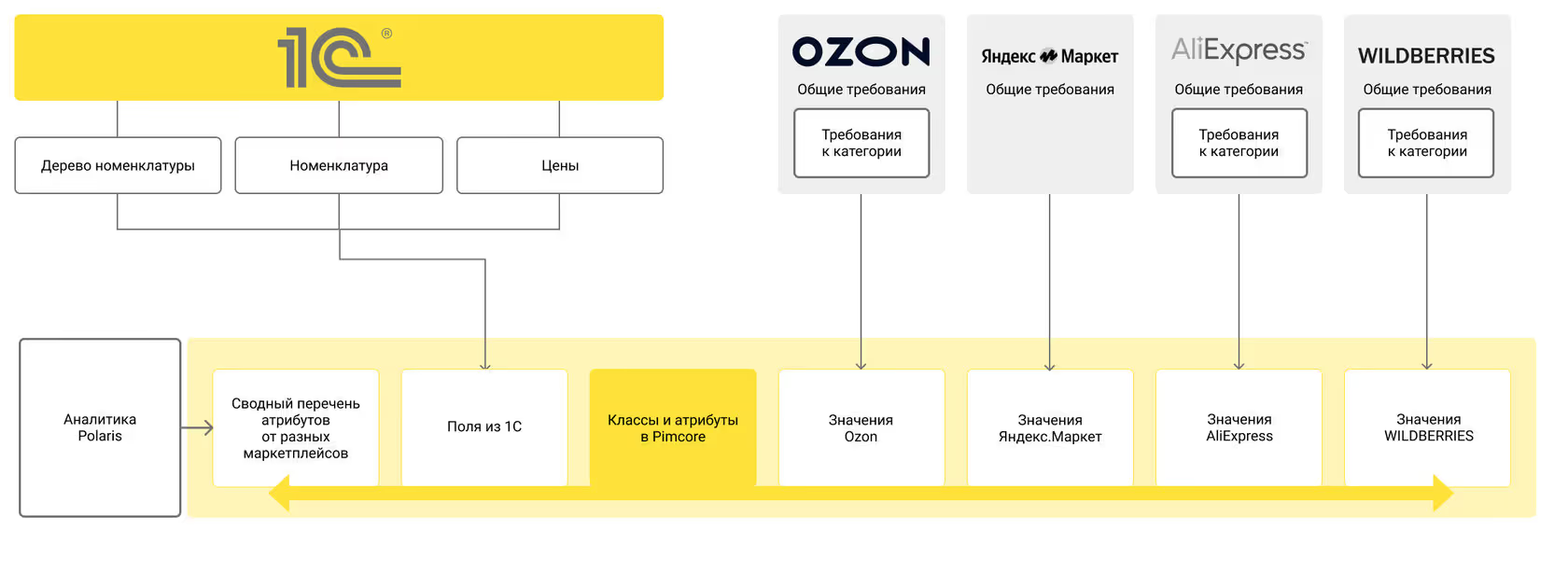
Now information about Polaris products is complete, accurate, meets the requirements of all sales channels. At the same time access to new online platforms requires several times less costs on IT integration.
This process took two months. It resulted in a map of processes related to “life” and the content of the product card. In addition, we have recorded processes that can be simplified and automated by enriching the product card with additional information.
Result 1: one product = one card, managers have less routine and duplicate work
Each marketplace has its own requirements for the structure and content of product information. We have our own internal product hierarchy, information fields that describe the product, requirements for the format of information files, etc.
For example, the list of “Product Features”, the description of functions, product configurations may not match... There are hundreds of nuances.
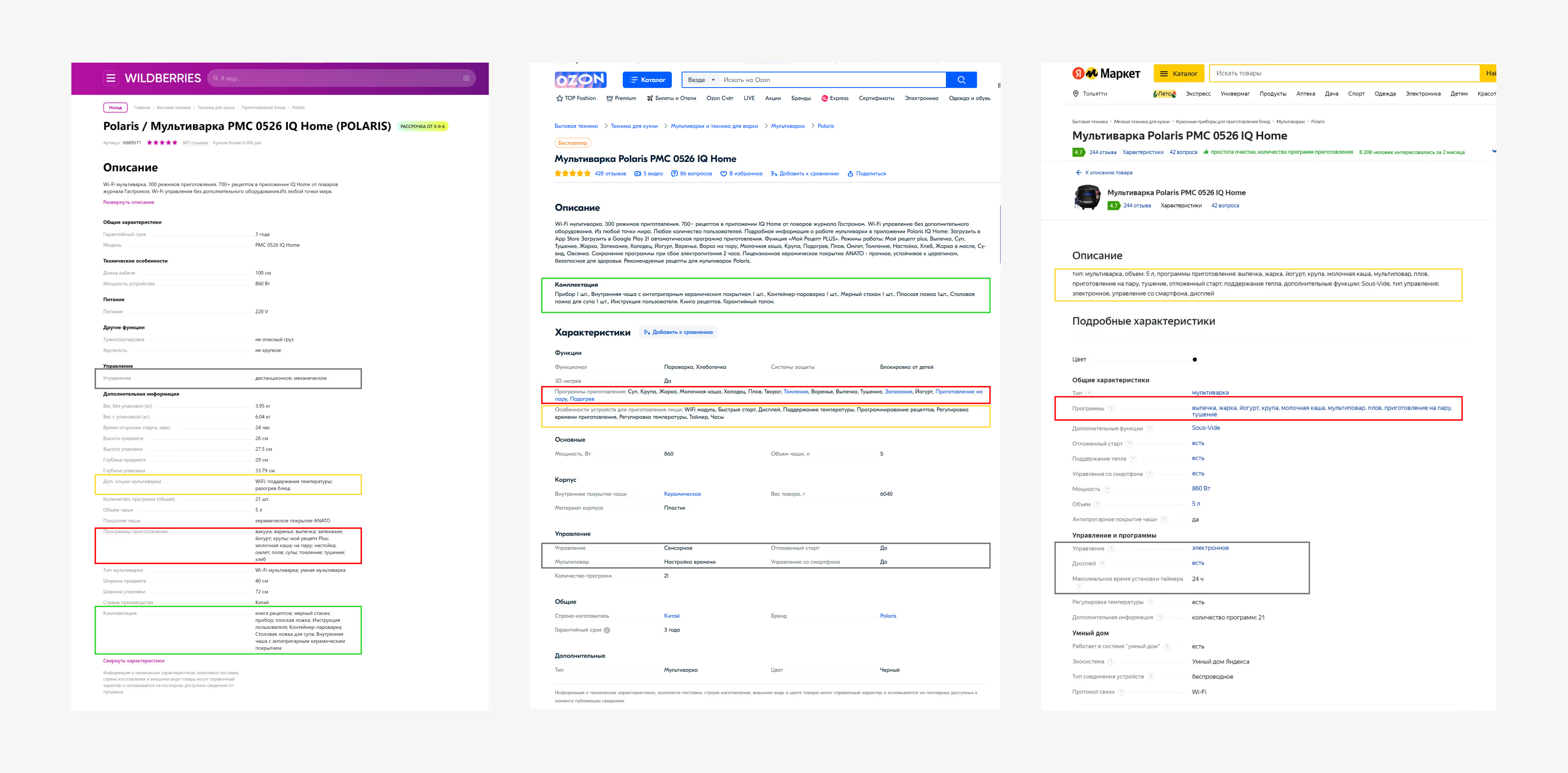
We have developed a product card information model that describes all the nuances of the product and takes into account the technical requirements for product information in all connected marketplaces.
For transfer to Wildberries, one combination of fields is selected from this card, another for AliExpress; images in the required format and size are “pulled” to the card. At the same time, you do not need to multiply several cards of the same product for different marketplaces.
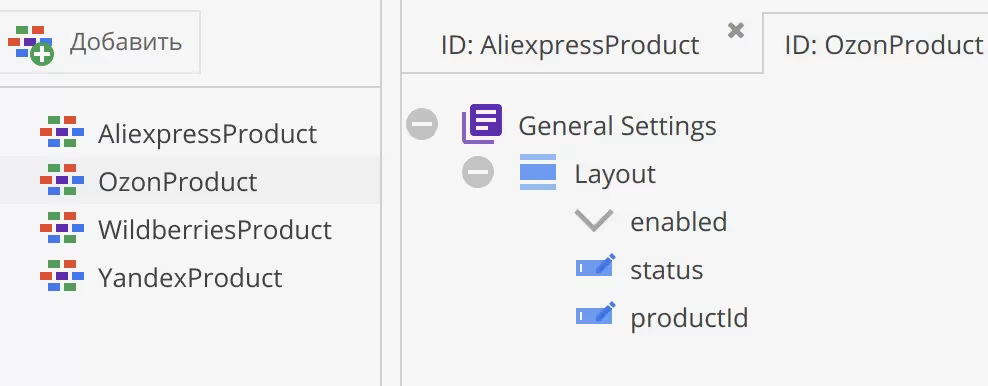
Result 2: the buyer receives accurate information about the product — it is easier for him to opt for Polaris equipment
The product card in the PIM system is designated as the reference source of all product information — the “golden record”.
This means that if information is needed for an advertising campaign, for transfer to a new marketplace, or for placing a new product on all sales channels, it will be taken from a card in the PIM system.
A current product may change its specifications: for example, a new brush will be added to the vacuum cleaner package. For these changes to be reflected on all sales channels, it is enough to enter them once into a card in the PIM system. Then, through integrations, it will be transferred to marketplaces and online stores without additional efforts on the part of Polaris managers.
There will be no situations with “not made”, “forgotten”, “in the queue of edits”. And after purchasing the equipment, the buyer will not have a discrepancy between expectations and the real Polaris product.
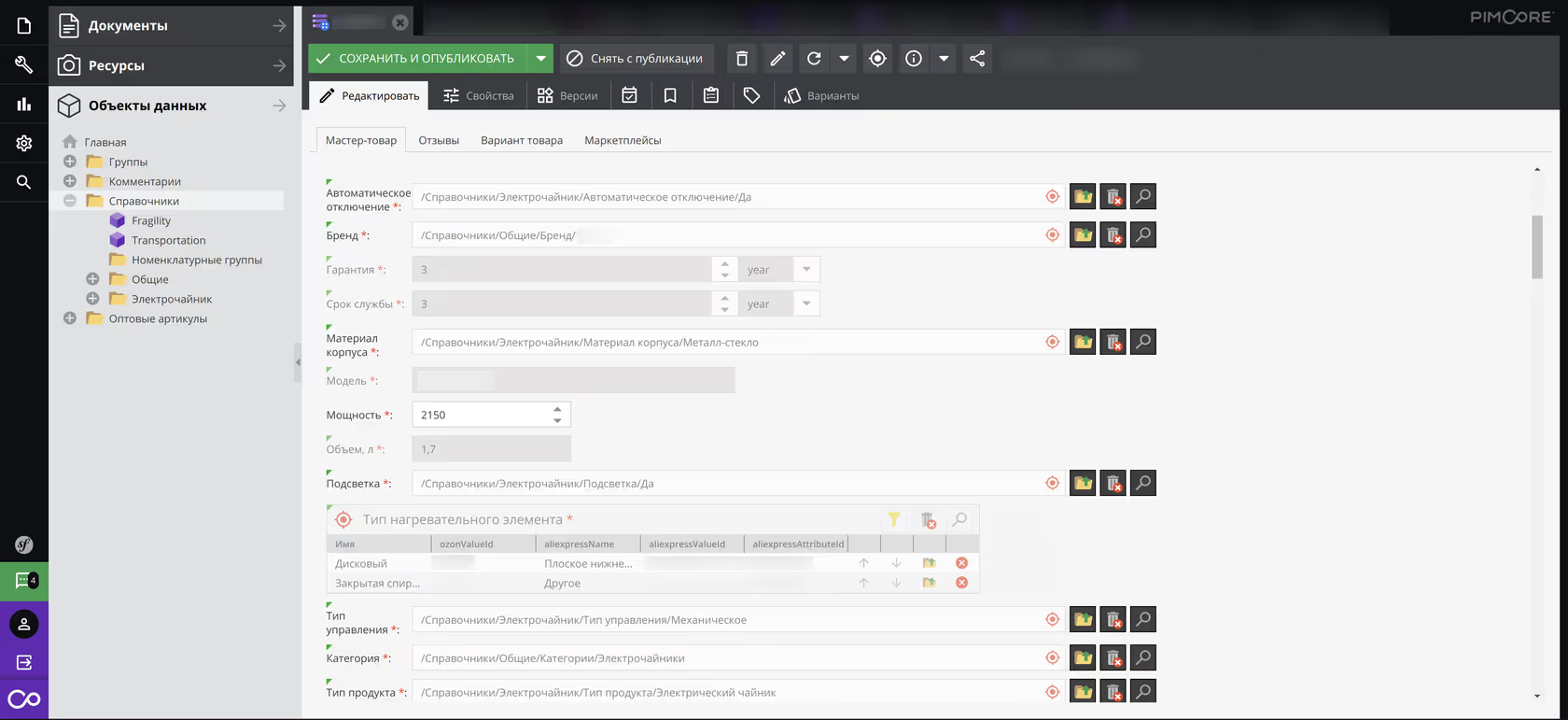
Result 3: changes in systems on the marketplace side will not force Polaris to spend money on additional development
Information from the PIM system is uploaded to marketplaces automatically. We could set up integrations between PIM and, for example, Wildberries directly. But in the long run, this option would constantly require Polaris to spend on development costs.
Therefore, we have integrated an ESB layer into the Polaris IT circuit, an intermediary layer where you can quickly create and process integrations, as well as monitor how information transfer processes are carried out.
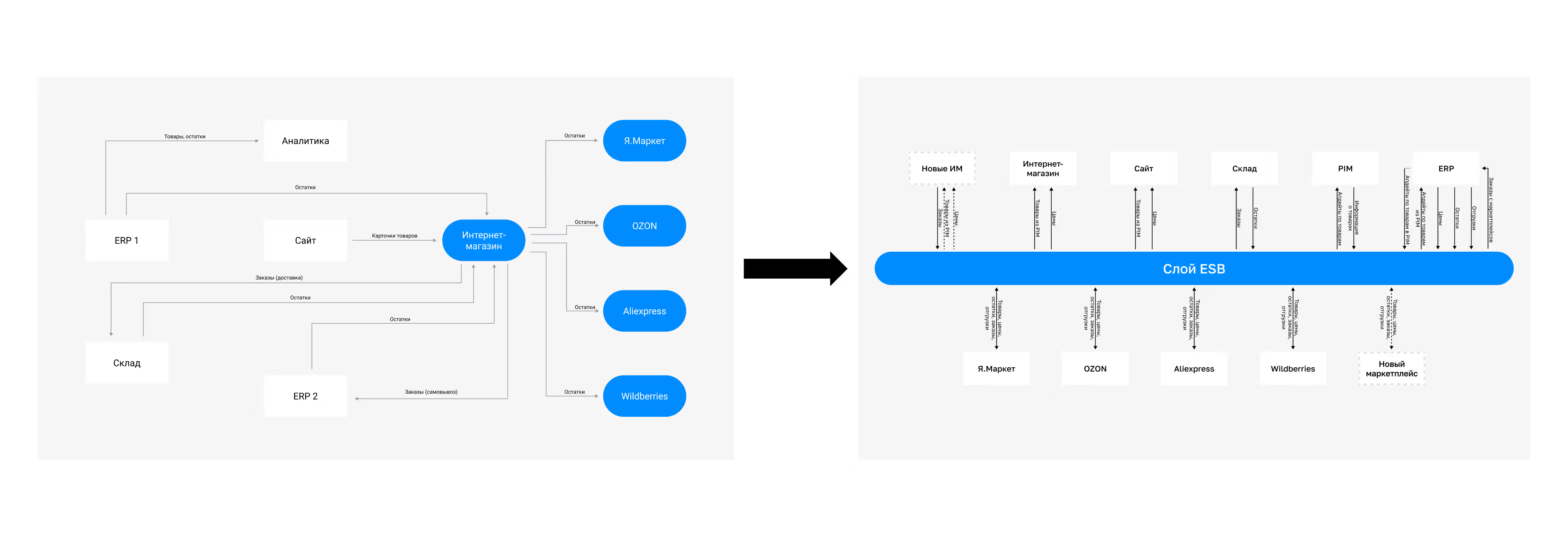
In the ESB layer, integrations are developed in a graphical interface. Universal blocks are used for development:
- with an understandable input — what information, in what form and where it comes from);
- output — where does the information go;
- and block names — what each of them is responsible for.
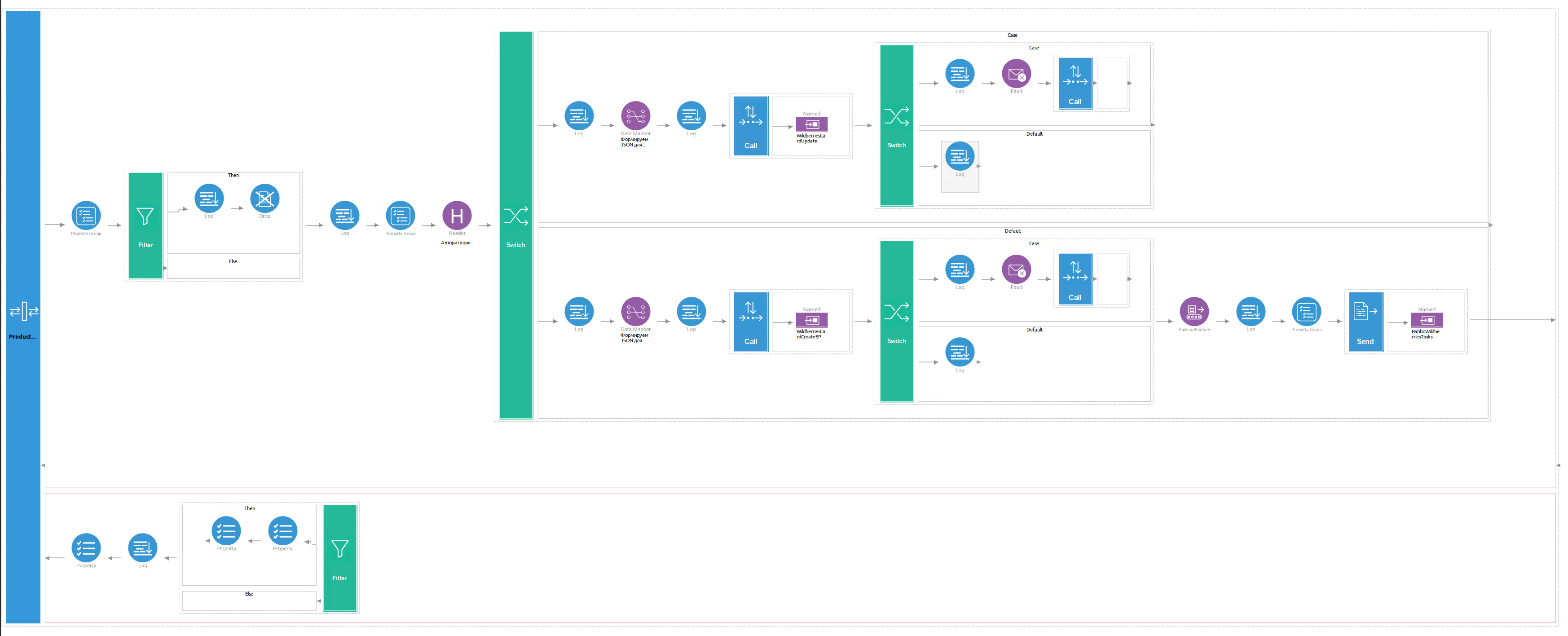
It is enough to build the basic integration once and then spend a minimum of time modifying and correcting individual nodes. And the new developer won't spend dozens of hours understanding the integration logic and the information route.








